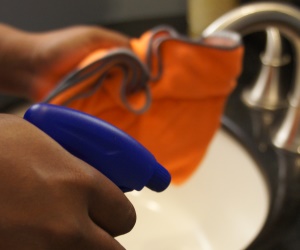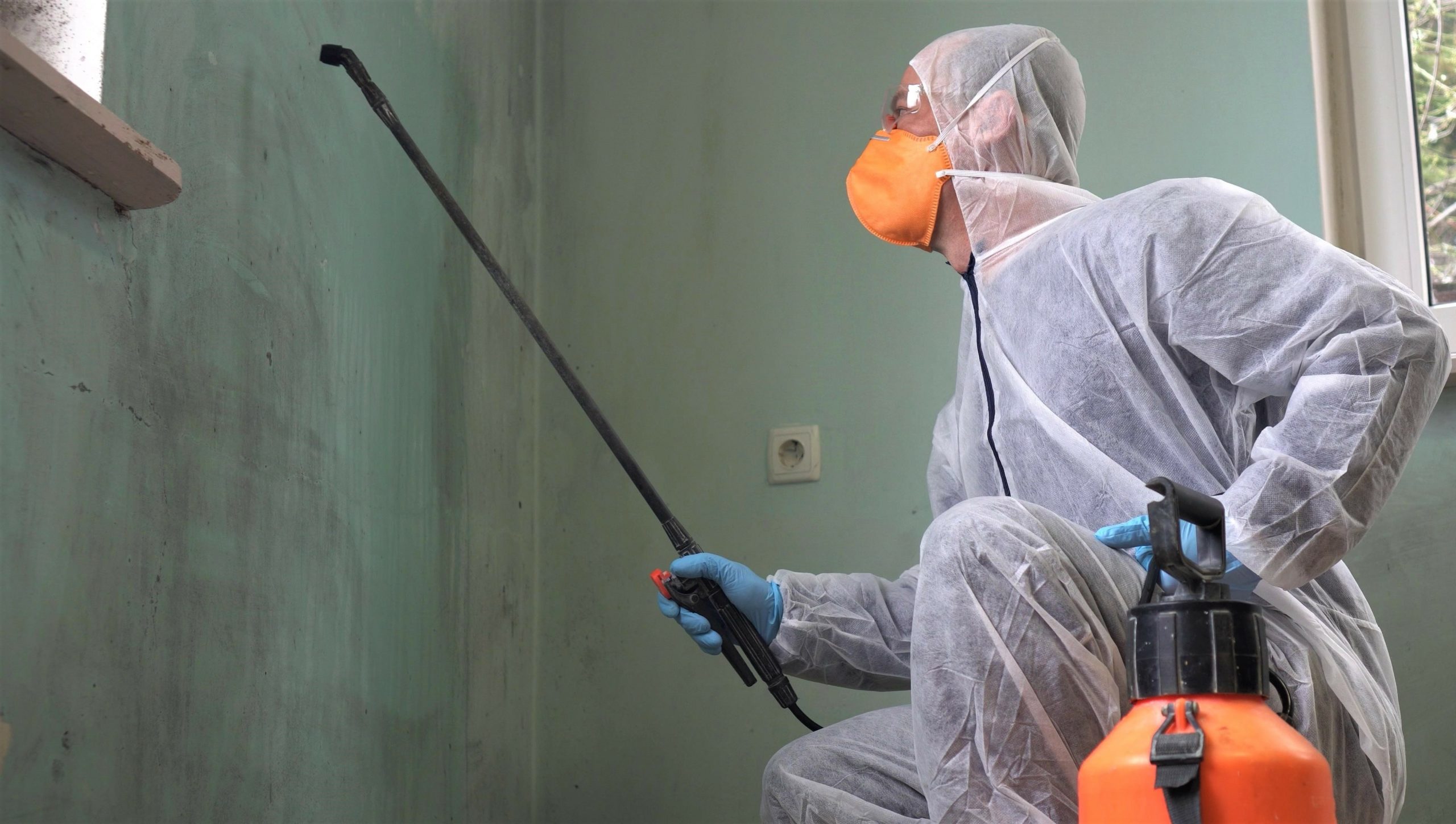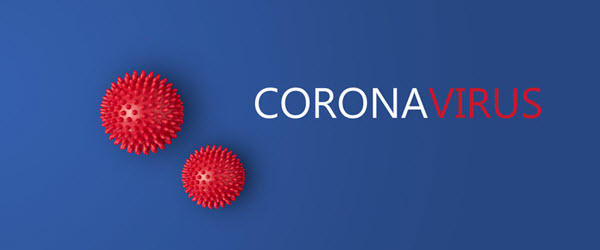“Cross contamination” is a potential result of cleaning that has produced many debates; this isn’t one of them…exactly.
With growing awareness by consumers of the various invisible bio-hazards (you know, germs and bacteria) in their homes, more and more often, cleaning companies are expected to have procedures in place to prevent
- spreading germs from one room to another within a home
- spreading germs from one home to another
Organizing your cloths along a color code is a quick, easy, and inexpensive way to implement a strong cross contamination prevention system. In fact, an international standard is developing where
- orange = wet work
- blue = dry work
- green = polishing and finishing work
Certainly, cloths come in a variety of other colors – white, red, pink, purple, even black – and colors can even be assigned to specific tasks or products; in fact, particularly for commercial cleaning, you’ll find a larger list as “wet” and “dry” work are further broken down based on high and low risk areas.
Keep in mind that when it comes to developing and implementing a successful procedure, make sure you’re not making it more complicated than it needs to be.






